The global education technology sector is evolving faster than ever. With schools, universities, and corporate learning platforms moving online, user experience has become a critical factor in whether a digital learning tool succeeds or fails. That’s why forward-thinking companies are prioritizing EdTech product design — creating platforms that are not only functional but also engaging, inclusive, and adaptable to diverse learners.
Why Design Is a Game-Changer in EdTech
A well-designed EdTech product can transform how people absorb information. It bridges the gap between pedagogy and technology, ensuring that learners stay motivated and teachers have intuitive tools to support instruction. Key benefits include:
- Higher engagement rates through interactive features and gamification
- Improved retention with clear navigation and structured content
- Accessibility for learners with diverse needs and abilities
- Better assessment insights via built-in analytics and reporting tools
When design is approached strategically, it enhances not just aesthetics but learning outcomes, creating a competitive edge in the crowded EdTech market.
Core Principles of Successful EdTech Product Design
- Learner-Centered Approach – Start with understanding your audience’s learning styles, goals, and challenges.
- Inclusive Design – Incorporate accessibility standards (WCAG) to ensure no learner is left behind.
- Content Hierarchy – Present information in manageable chunks to avoid cognitive overload.
- Engagement Triggers – Use gamified elements, badges, and progress tracking to keep learners motivated.
- Cross-Platform Consistency – Ensure a seamless experience across web, mobile, and tablet devices.
Features That Drive Engagement and Retention
| Feature | Benefit for Learners | Benefit for Educators |
| Adaptive learning paths | Personalized pace and content | Improved learner performance |
| Real-time feedback | Encourages active participation | Faster intervention when needed |
| Collaborative tools | Enhances peer-to-peer learning | Builds community and knowledge sharing |
| Analytics dashboard | Tracks personal progress | Helps adjust teaching strategies |
Trends Shaping the Future of EdTech
- AI-driven personalization – Tailoring lessons to individual performance in real time.
- Immersive technologies (AR/VR) – Making abstract concepts more tangible.
- Microlearning modules – Short, focused lessons for better retention.
- Offline accessibility – Reaching learners with limited internet connectivity.
Final Thoughts
EdTech product design is no longer a secondary consideration — it’s the foundation for delivering effective, scalable, and inclusive learning experiences. Companies that master the balance between pedagogy, technology, and design will not only attract more users but also deliver measurable educational impact.


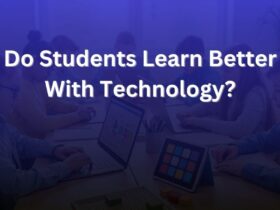



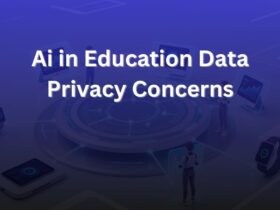
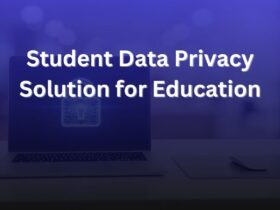





















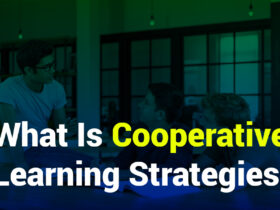





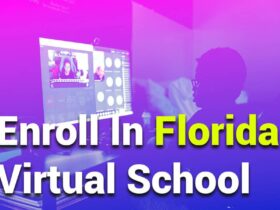
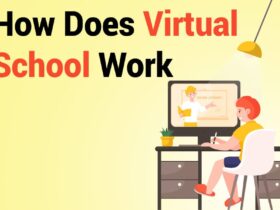








Leave a Reply